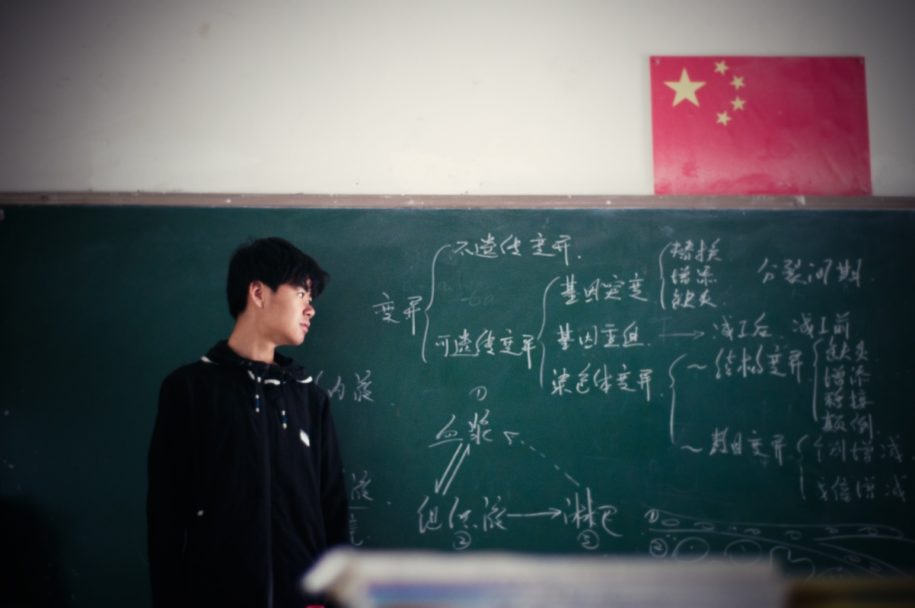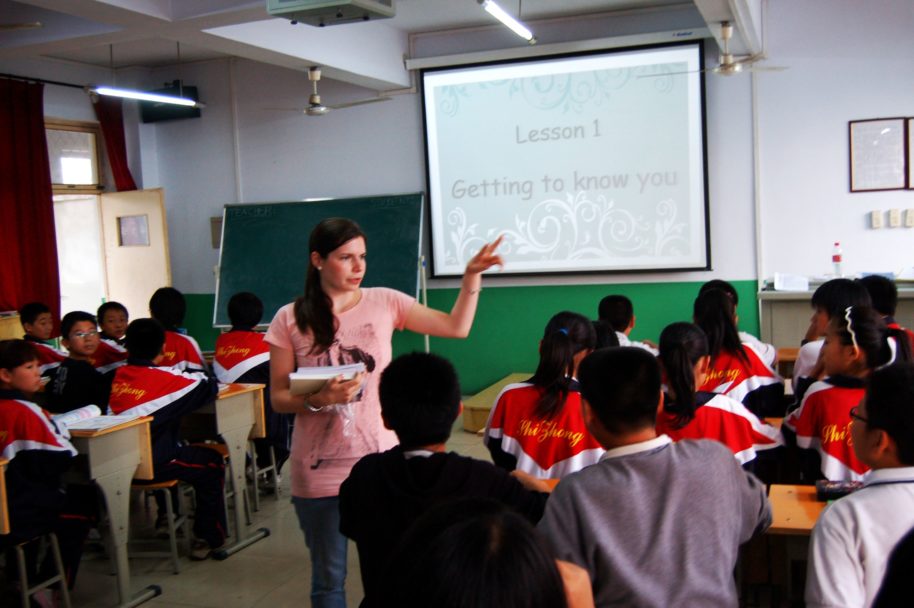East vs West Classroom Culture| 4 min read

Due to large cultural differences, how a classroom operates differs significantly in the East compared to the West. If you’re a foreign teacher about to embark on a journey teaching in a Chinese classroom, here’s a few things you need to be mindful of. With greater awareness and increased understanding, any classroom clashes can be mediated.
Educational Policy
Education in the West focuses on preparing children to become useful members of society such as gaining life skills, communicational skills and awareness. Effort is emphasised upon, but not too much on standardised testing, as their Eastern counterparts are. This is in stark contrast to China where the classroom is like a competition. The students’ goal is to get the highest grade. Similarly, if a teacher’s class gets high grades, this will also reflect well on the teacher.

Student Focus
In China, education is seen as the one and only way to get the best job that has the most influence. Thus, from the time children are put in school, they are bombarded with homework, memorisation and the constant pressure from teachers and parents to excel. As a result of this type of schooling and pressure, high school students are much more focused and well behaved.
This can be a huge cultural shock to foreign or western teachers, and they will have to adjust their teaching styles. However, teachers are highly respected in a Chinese classroom so there won’t be very much trouble disciplining them.
Classroom Size
Classroom size and the teacher to student ratio is another fundamental difference. With China’s massive population, it’s no surprise that their schools are very big and their class sizes can sometimes exceed 40 students. Daily exercise routines in the school’s courtyard is a common sight. On the contrary, classrooms in the west range usually won’t exceed 30 students and sometimes, the teacher will even have a teaching assistant helping with the daily operations of the classroom.

Creativity in the Classroom
Western classrooms often promote the idea of individuality, personality and standing on ones’ own, which cultivates a lot of creativity in arts and other similar subjects. Due to this mentality, many effective ways of teaching take a backseat to creativity. However, in many schools the result of this is lazy students who are not pushed to practice or develop self-discipline and do not understand the important value of hard work.
In China however, creativity is rarely considered and academic performance is much more important. Often Chinese students will come home with mountains of homework and much of that work requires rote memorisation. While the art of memorising large quantities of information is a great skill, the one-way focus on it creates a lack of creative and critical thinking skills. Students in Eastern countries are more collective oriented compared to their creative, individualistic Western counterparts.

Why? Why? Why?
Asking “why” is not common in a Chinese class either. With so many years of rote memorisation, most students are taught to simply take what is said as truth and not question (another reason critical thinking is absent.) Thus, when teaching a Chinese class, it may take some time for the students to feel comfortable asking questions and creating their own opinion. In Western Education, creativity and independent thinking are highly valued with speeches and presentations being a common classroom activity.
Follow the activities and teaching adventures of ImmerQi on our dedicated Facebook page and don’t forget to like our company page!

